Investment in health and safety a neglected issue in the ASM sector
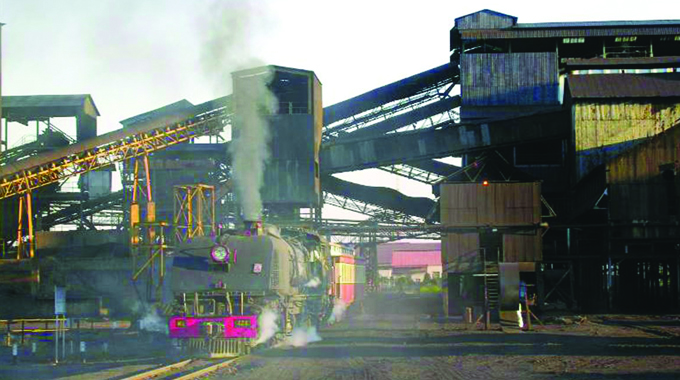
Gibson Mhaka, Senior Features Reporter
THE Kamandama Mine Disaster whose 50th anniversary took place on June 6, is undoubtedly the worst mine disaster in the country’s history.
A total of 427 miners died following a series of underground gas explosions while in a 5km-tunnel shaft at the then Wankie Colliery’s Number 2 shaft.
The victims were remembered amid growing concerns that there would never be a repeat accident in any of the company’s mines or workstations.
The aftermath of the Kamandama Mine shaft disaster saw Hwange Colliery Company playing a critical role in the implementation and monitoring of safety and health policies in the mining sector for the benefit of the mining industry in Zimbabwe.
As a result, safety, health and environmental sustainability have also become a topical issue at national, regional and international level following this disaster.
As one of the worst mine disasters recorded, Kamandama stands as an extreme example of how mining as an occupation has a reputation for being a risky business, with health and safety risks that are varied and often quite serious, particularly in the artisanal and small-scale mining (ASM) sector, given that it is extremely unsafe.
In this sector particularly in the gold mining sector miners are exposed to numerous health and safety hazards as many groups operate informally and do not comply with occupational health and safety protocols.
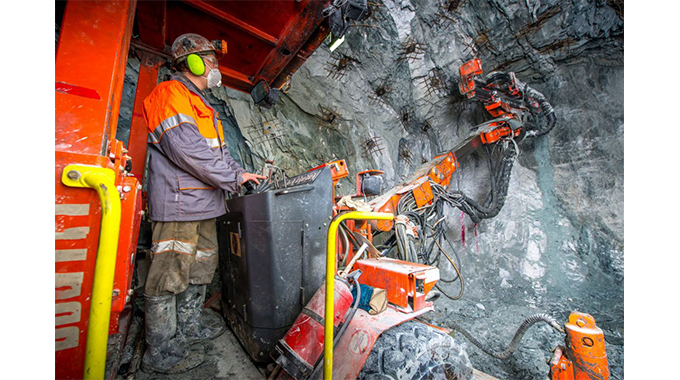
health and safety hazards
Research has shown that while there is awareness on the dangers associated with ASM activities, with the exception of mercury contamination from artisanal gold mining activities, health and safety risks among artisanal miners, their families, and their communities have not been fully addressed by regulatory institutions in communities where ASM is prevalent.
Every year, thousands of miners die in accidents and many more get injured. The accidents may be caused by gas or dust explosions, gas intoxications, improper use of explosives, electrical burns, fires, collapsing of mine structures, rock falls from roofs and side walls, flooding, workers stumbling or falling from malfunctioning or improperly used mining equipment.
A recent case is that of seven miners from Bucks Mine in Colleen Bawn in Gwanda, Matabeleland South province who died after hoisting ropes to a skip bringing them up the shaft from underground snapped, plunging them back on a free-fall of about 200 metres.
Preliminary investigations into the Bucks Mine accident indicated that the equipment that was in use had not been certified by the Government inspectorate.
Before any mine in the country begins operations, all moving and non-moving mining equipment should be inspected and certified by the chief Government mining engineer before it is commissioned.
Investigations have revealed that health and safety regulations were not followed, leading to the death of the seven miners after hoisting ropes to the skip bringing the miners to the surface snapped.
Chief Government mining engineer Michael Munodawafa said the cocopan that plunged had seven miners but it was supposed to carry four people.

Michael Munodawafa
He said the rope had not been approved by the Ministry of Mines and Mining Development inspectorate.
“Investigations are still ongoing but one of the major issues is the non-commissioning of the equipment at the mine.
Any moving and non-moving equipment should be commissioned. Even the shaft itself should be commissioned.
We’re supposed to come and inspect as well as certify the equipment.
“Once it is certified, it means the problem has moved from the mine owner to the regulating authorities. We’ve found out that eight-millimetre wire rope was used, which was not enough to hold a one-tonne cocopan. The rope should have been at least 13 millimetres and above. Also, a cocopan takes four people but they put seven.
The rope itself is supposed to be commissioned by the Ministry of Mines and Mining Development inspectorate but not even Gwanda or Harare offices have any documentation pertaining to the commissioning unless the mine owners can prove otherwise. We keep a copy in Gwanda, another in Harare and one for the miners,” said Mr Munodawafa.
He said it is important for mine owners and workers to follow health and safety regulations in order to prevent accidents.
The Bucks Mine accident is an example of how lack of proper investments in health and safety is an important and neglected issue in the ASM sector.
It also shows that the supervision and control is insufficient within the artisanal and small-scale mining sector. The reason may be low priority and resource allocation by the Government.
According to the National Social Security Authority (Nssa) mining requires extreme caution and the observance of safety regulations designed to minimise the dangers inherent in mining and ensure the safety of miners.
The Zimbabwe National Occupational Safety and Health Policy identifies 21 occupational safety and health issues which every organisation or individual involved with mining should pay special attention to and monitor.
Superb Riches Mining Director Mr Leonard Ndlovu said although mining plays a huge role in improving the country’s economy, it is a dangerous occupation that kills thousands of people across the world.
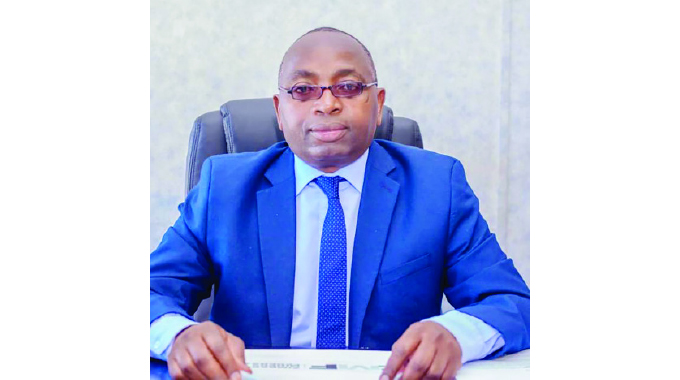
Mr Wellington Takavarasha
He said Government should intervene in making sure that all safety precautions and awareness campaigns are carried out especially in artisanal and small-scale mining groups which would curb lack of knowledge that leads to miners dying or getting injured at work and even swallowing harmful chemicals like cyanide and caustic soda solutions.
“When it comes to regulation and restriction responsible authorities have to play a vital role in ensuring that mining is done in a responsible manner especially the protection of workers in the ASM sector.
Miners should all times wear protective clothing that includes gumboots, work suits, rain coats, hard hats, dust masks, goggles, hand gloves among others.
Shafts or mining pits should also undergo proper timbering to avoid collapse especially during the rainy season. Miners especially in the ASM sector which haven’t met proper mining standards inhale toxic dusts and other harmful gases which came out as by-products of the mining processes.
“Education is another crucial measure against mining negative impacts on human health and safety. Miners, especially those in the ASM sector should be aware how dangerous mining is and take precautions always. They are encouraged to stay away from areas undergoing blasting so as to avoid inhaling toxic gasses.

Miner – Image taken from Shuttersock
“Only experienced personnel are allowed to check the mine first then inform the rest of the crew to start working believing the area is now safe. Shafts should be checked if proper timbering was done before miners proceed with their work,” said Mr Ndlovu.
According to Zimbabwe Miners Federation (ZMF) chief executive officer Mr Wellington Takavarasha the safety culture in ASM sector demands serious action.
“While there are quite acceptable investments in this sector, they are still unable to meet international standards.
The health and safety culture in this sector is still very weak and needs to be strengthened.
“Education in how to work in a safe manner will help workers to do their job with less risk, but safe tools and safe instructions are also important aspects of the safety culture,” said Mr Takavarasha.
From Mr Takavarasha’s observation it seems that special health and safety programmes for artisanal and small-scale mines, with attractive incentives for employers of a similar kind, will be demanded.
“This is a problem that cannot be solved quickly. It demands long-term joint efforts and solidarity by the trade unions, professional associations and relevant governmental and non-governmental organisations,” added Mr Takavarasha.
Although the goal of zero harm has not yet been achieved, it remains the standard that mining companies continue to strive towards.
Commenting against the backdrop of the Bucks Mine accident, ZMF Matabeleland South Chapter chairman Mr Philemon Mukwiti said there was a need to scale up training and awareness campaigns on mine safety to prevent similar accidents in the future.
“We saw this accident as a challenge to us because we now understand that most small-scale miners lack knowledge of health and safety which is very important in our mining operations.

Mercury
“We will be training our miners so that they understand the importance of safety in the mines. Most miners were not taking issues of health and safety seriously such that when we called for training, most miners were not coming.
However, this training will be useful in reducing accidents in our mines,” Mr Mukwiti.
Zimbabwe Environmental Law Association (Zela) extractives programme officer Mrs Joyce Machiri said from a health perspective artisanal and small-scale mining is exposing miners to several health risks, especially in gold mining.
“Regardless of ratification of the Minamata Convention, miners still use mercury to process their gold ores. Mercury is a very hazardous substance, and its effects ranges are not only confined in the mining activities but also span throughout the mining communities and beyond, owing to its long-range transport in water bodies and atmosphere.
“Mercury is neurotoxic and chronic exposure can lead to severe health impairments. Its ability to bio-accumulate in environments and have significant health impacts make it a chemical of concern.

pregnant woman
“In particular, the nervous system disorder is a major impact of mercury on vulnerable populations, and especially on a developing nervous system; at high risk are children, pregnant women, and unborn children,” she said.
She said working in confined spaces is another problem miners often have to deal with that carries with it risks to safety and health.
“As Zela we have taken a lead in capacity building around mining technical issues around the ASM sector. We have education exchange sessions with miners in different districts through the ASM Academy, SHE training and ASM Safety Talks.
“SHE training involves safety training on mine development and mine management. Our Safety talk strategy involves going to mining sites to discuss mining hazards from an engineering perspective as well as health hazards from a health science perspective,” said Mrs Machiri.
It is therefore clear that increased safety training, increased use of personal protective equipment, and frequent inclusion of drone technology into regulatory compliance monitoring of ASM are all possible goals for attaining Occupational Safety and Health Standards.

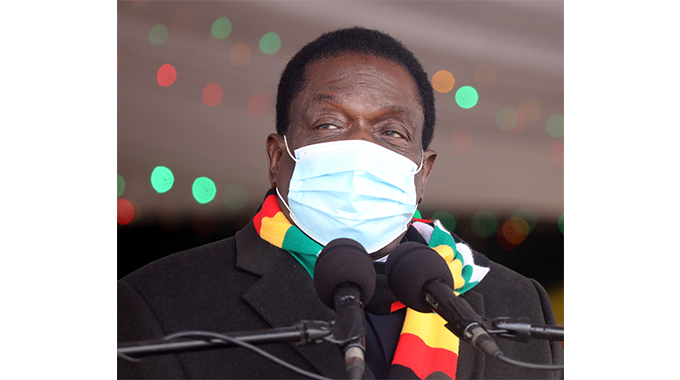
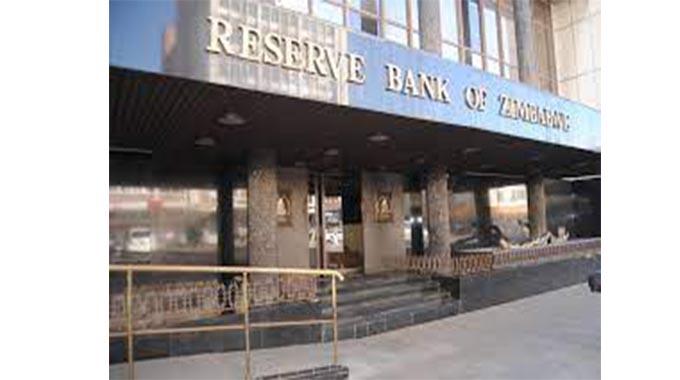








Comments